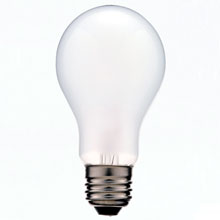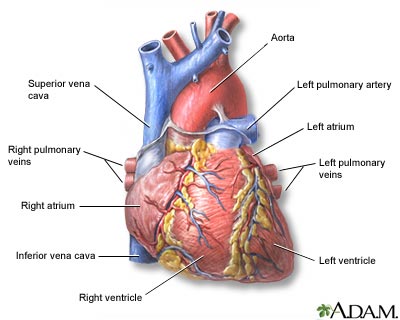GE Announces Program To Reshape Energy Usage With Smart Appliances
"Now that ENERGY STAR® appliances are recognized by 75 percent of American consumers, the next step is to reshape when energy is being used," said Kevin Nolan, Vice President Technology for GE Consumer & Industrial.

"Peak hour energy demand is growing faster than total energy demand.
It is imperative that we begin to shift some of the energy load from peak hours to other parts of the day -- helping to avoid the need to build new power plants to meet the demand," he explained.
These "smart" or Energy Management Enabled Appliances and the utility "Smart Meters" help consumers manage their utility bills by enabling them to avoid peak hour energy usage and benefit from pricing.
For example, the automatic defrost feature on GE refrigerators is initiated by the internal electronics based on the number of refrigerator door openings and other input signals. If the refrigerator can delay the defrost cycle from occurring during peak energy usage hours, consumers will save money by paying for the same amount of energy, later in the day and at a lower rate.
A pilot program is already underway with Louisville Gas & Electric.



























